Orthographic and Semantic Anormative Lexis in Publicistic Texts of Cultural-Linguistic Area
DOI https://doi.org/10.17721/2522-1272.2019.74.6
UDC 070:372.461(477)
Orthographic and Semantic Anormative Lexis in Publicistic Texts of Cultural-Linguistic Area
Iryna Marynenko https://orcid.org/0000-0002-2836-758X PhD. (philol. sci), Associate Professor Institute of ournalism, National Taras Shevchenko University of Kyiv
ABSTRACT
The problem of language accuracy in publicistic texts hasn’t lost its actuality due to the great number of deviations from the language norms. The analysis of journalistic materials, which deal with the cultural and educational topics, has demonstrated that the language norms are broken in them rather often. The objective of the research is to systematize the most frequently used mistakes in the journalistic materials on cultural-linguistic topics, and to define the reasons of their occurrence. For reaching this objective 85 articles and interviews devoted to the issues of language policy and culture of speech taken from popular Internet publicistic sources were chosen and analyzed. The number of collected mistakes (anormative lexis) is over 400. The following methods were used during the research of the selected material: the method of entire selection for choosing the texts and collecting the examples of anormative lexis from cross-media sources; the descriptive method for defining the essence of deviation from the language norm and for finding the reasons of this phenomenon; the methods of analysis and synthesis for systematizing and classifying the selected anormative lexis. The fulfilled research allows to assert that the publicistic texts devoted to cultural-linguistic issues contain less number of norm deviations than texts of other thematic spheres. Thus, they contain less number of mistakes in usage of paronyms, there were no cases of inappropriate usage of little known terms and rarely used words. However, due to the influence of the Russian language the frequency of word-building and semantic loan translation is still high. It can be explained by the lack of clear delimitation of two languages in the consciousness of texts’ authors. The permanent improvement of language competence of journalists and editors, paying attention to the complicated examples of word spelling and to the
usage of definite lexical units will promote thorough improvement of language culture of mass media staff.
KEYWORDS: language norm; anormative lexis; deviation of language norm; mistake.
74_6[download url=”http://www.scientific-notes.com/wp-content/uploads/2019/08/74_6.pdf” title=”Link to the article’s PDF-file”]
